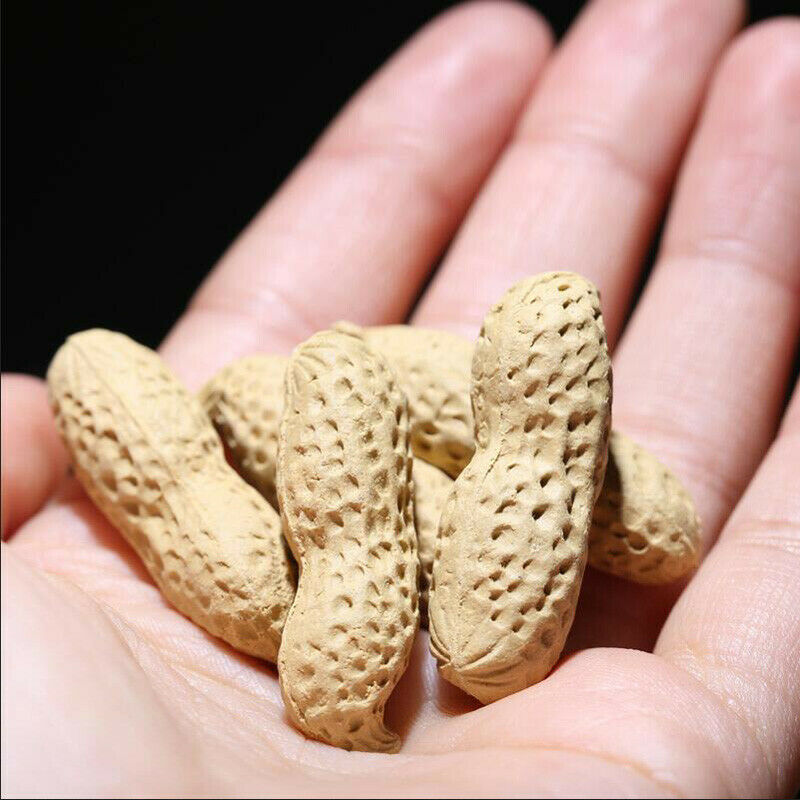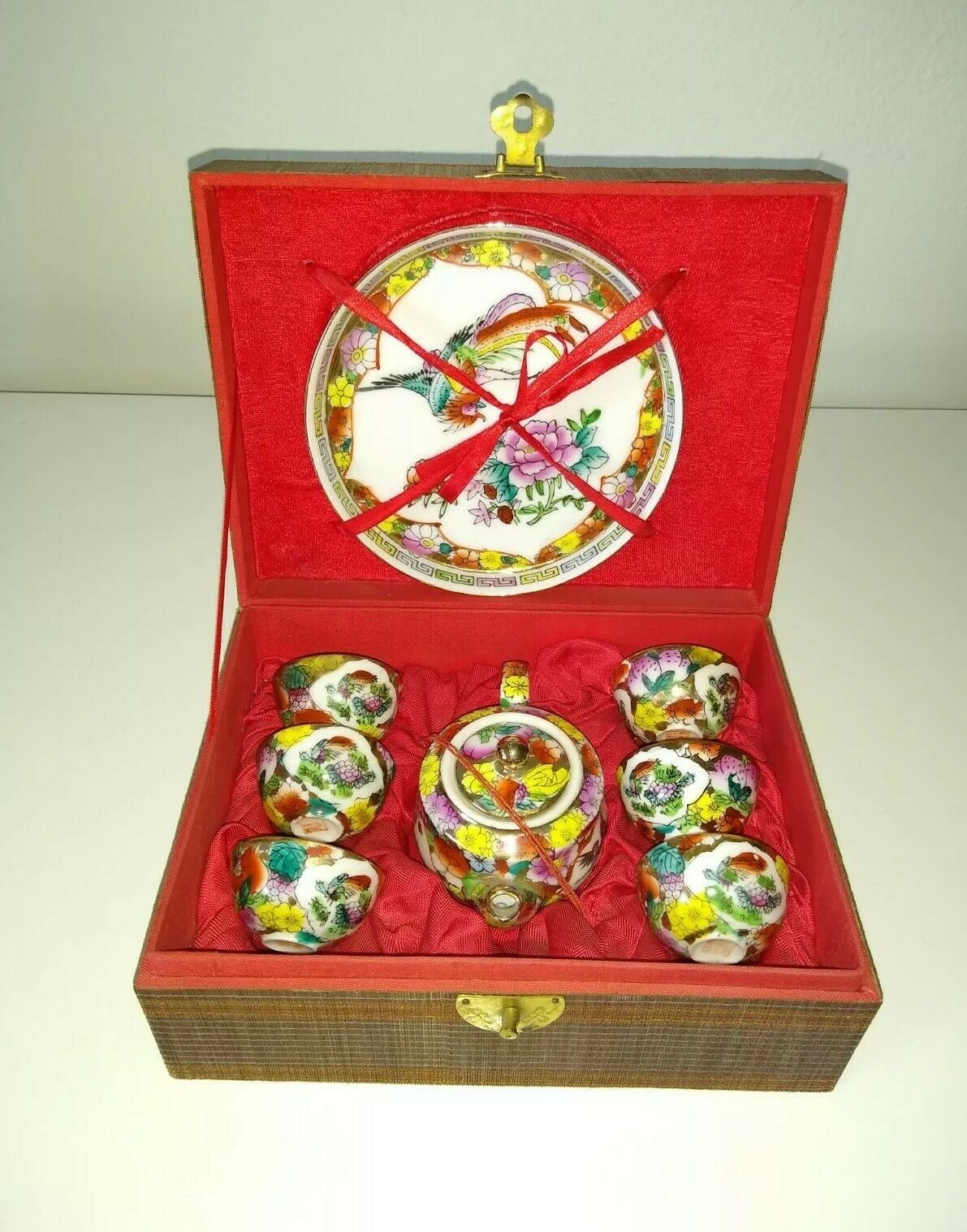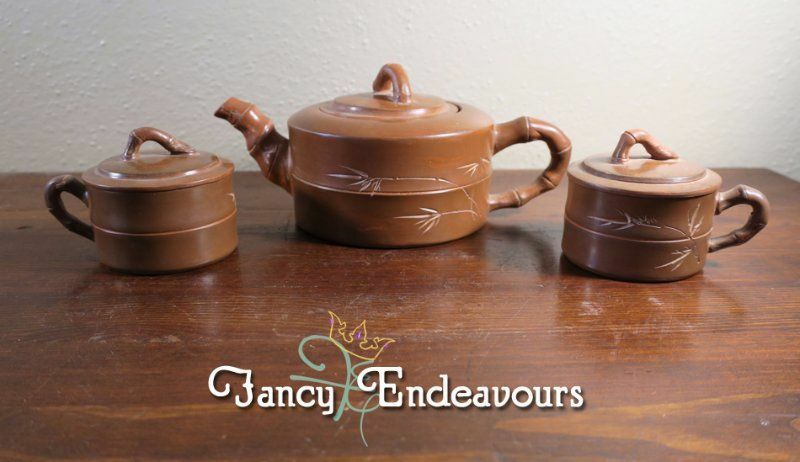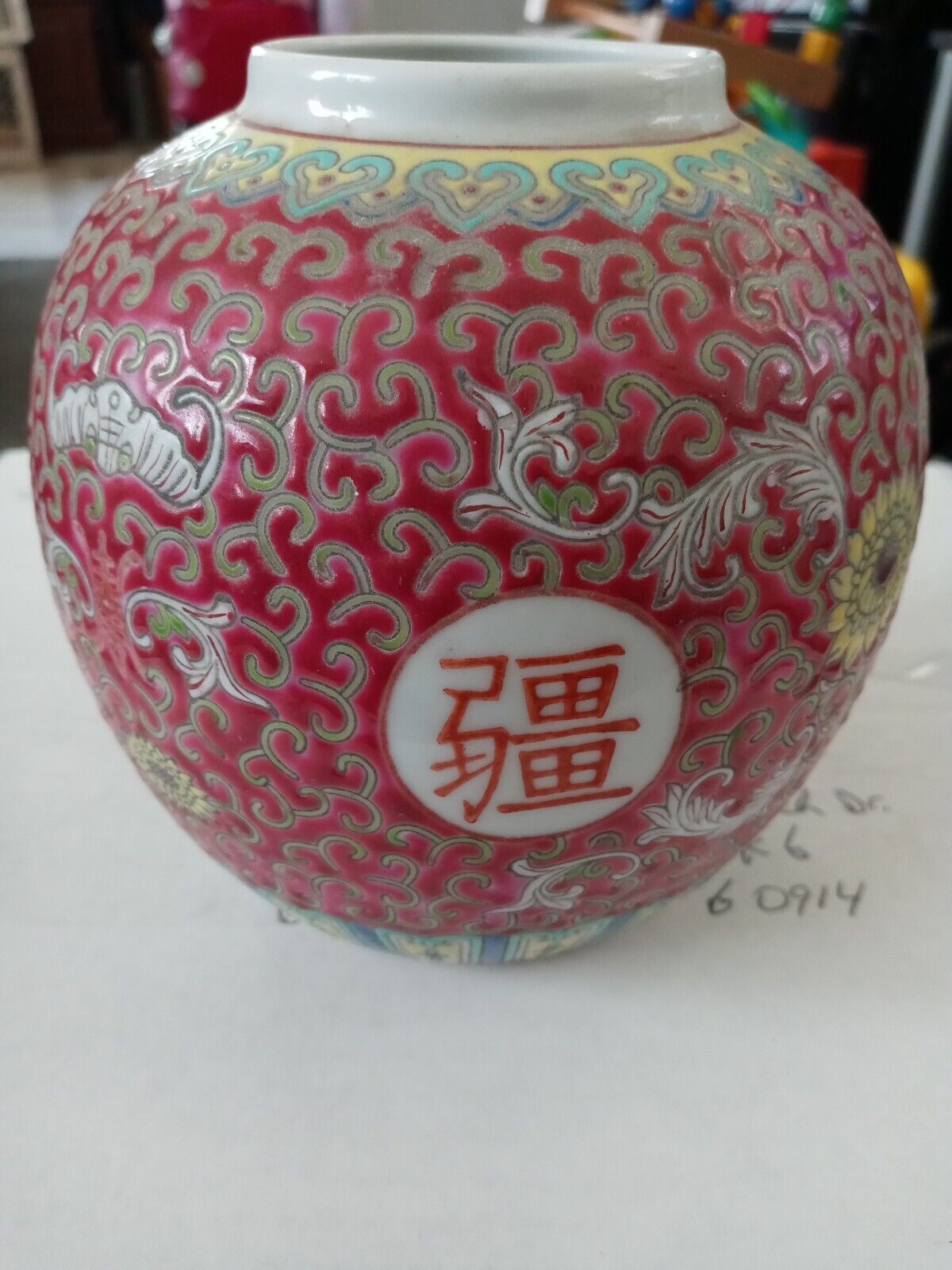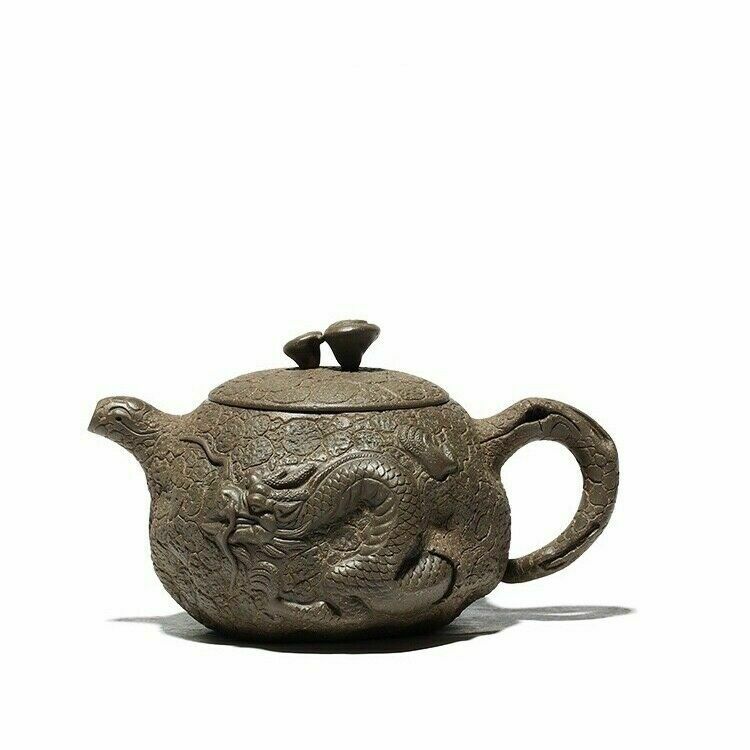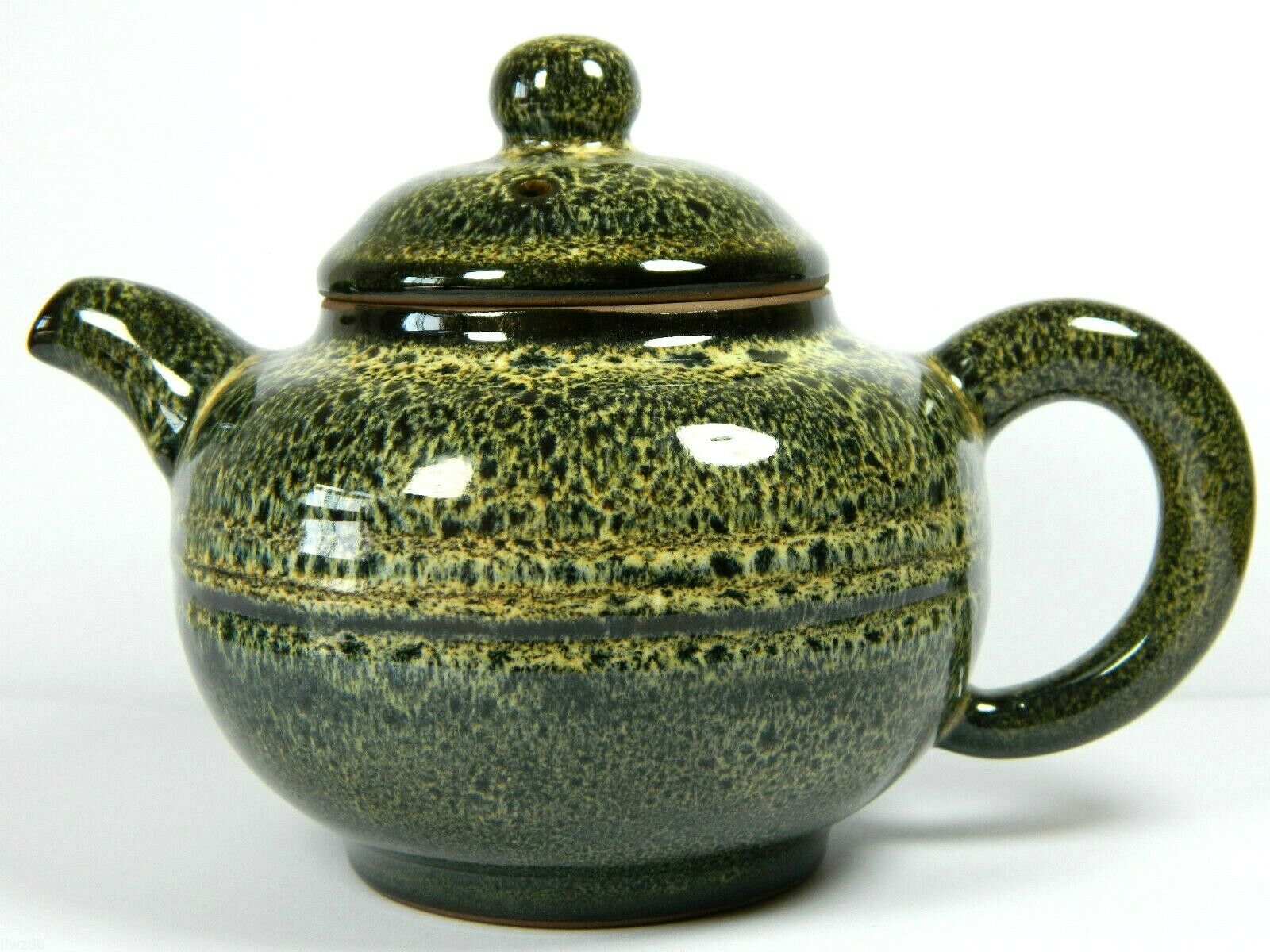-40%
Chinese Miniature Yue Kiln Celadon Green Crackle Glaze Tea Set with Wooden Box
$ 15.83
- Description
- Size Guide
Description
Chinese Miniature Yue Kiln Celadon Crackle Glaze Tea Set with Wooden Box / case. This is a beautiful Miniature tea set made by the Ningbo Mingzhou Yue Kiln, famous for celadon. It is new and unused. One of the cups has a chip on three rim. The rest of the set is in excellent condition. Cups are approximately 1 1/4" tall and teapot is approximately 2 3/4" tall. Please see all pictures for details. Free shipping!
For many westerners, the main impression of old China probably involves silk, tea and ceramics, or china, which bears the name of the country, making it a powerful symbol. With that in mind, let's take a look at some celadon that comes from the southern Yue Kiln, in Cixi county, near the city of Ningbo, Zhejiang province.
It originated in Shangyu, Yuyao and Cixi counties, which were part of Yue Prefecture in ancient times, hence the name Yue Kiln, or Yue ware kilns.This celadon flourished the longest, more than 1,000 years, from the Eastern Han (AD 25-220) to the Song (960-1279) dynasties, longer than other famous Chinese kilns, giving it a very important place in pottery development. It joined the national cultural heritage list, in May 2011.
There were three major celadon production centers —along the middle reaches of the Cao'e River in Shangyu county, near Shanglin Lake in Cixi county, and near Qianhu Lake of Yin county, all in Zhejiang province. The most famous was the Shanglin Lake site, whose ceramics are referred to as the "mother of celadon". During the Tang Dynasty (AD 618-907), the Yue Kiln was known for its glazing skills and produced many pieces of "secret color" porcelain (fine olive-green Yue ware), used as a tribute to the imperial court. This ware is an excellent example of Shanglin Lake ceramics and represents the highest achievement of Yue Kiln ware.
Records say that mid–to-late Tang Dynasty porcelain and silk fabric were the main exports from the port of Mingzhou (today’s Ningbo), to nearly 20 regions in Asia and Africa. So, Shanglin Lake marked a starting point of a "Maritime Pottery Road" linking China with the rest of the world.
This road reached the Korean Peninsula in the north, Japan to the east, and, via Guangzhou, the capital of Guangdong province in the south, to Southeast Asia, Vietnam, Thailand, the Philippines, Indonesia and South Asia’s India and Pakistan, even Iran and the Persian Gulf, as well as Egypt farther south. So, celadon from the Yue Kiln played an important role globally and has been found in archaeological sites of ancient ports and castles in the Democratic People's Republic of Korea, Japan, India, Iran and Egypt, as further evidence of the "Maritime Pottery Road".












